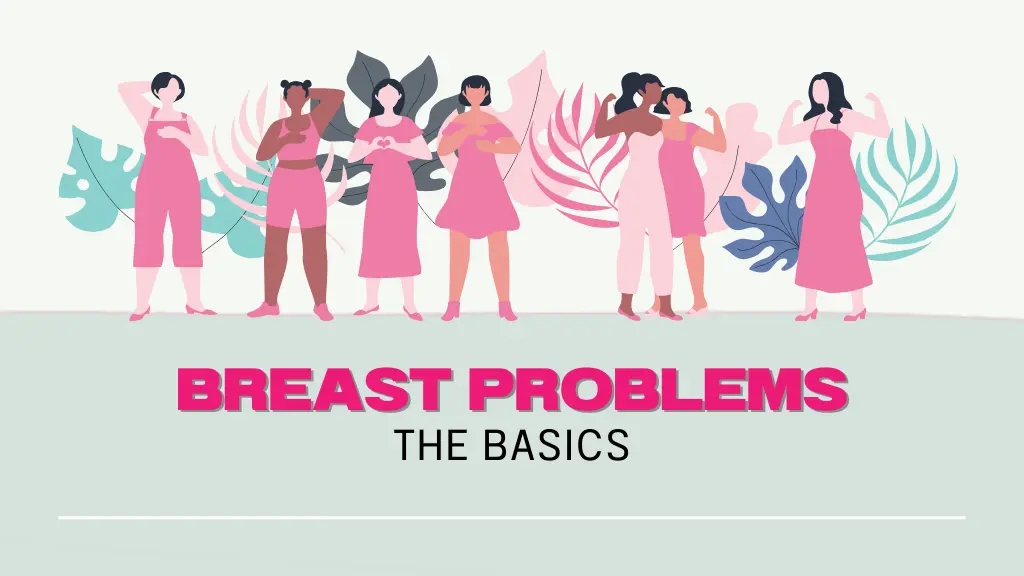The recent surge in alcohol-related deaths is raising alarms across the U.S. A new study reveals that over the past two decades, deaths linked to alcohol have more than doubled. This troubling trend highlights the need to address alcohol consumption as a public health priority.
Understanding the causes behind this surge is critical. It provides insights into how society can respond to curb the devastating impact of alcohol-related harm.
You May Also Like: Top Vegetarian Sources of Omega-3 Fatty
The Numbers Speak Loudly
The study, published in a reputable medical journal, analyzed data spanning the last 20 years. Key findings include:
- Alcohol-related deaths doubled: From approximately 39,000 deaths in 1999 to over 99,000 deaths in recent years.
- Increased death rates among younger adults: Particularly those aged 25-34.
- Gender disparities: Men accounted for a higher proportion of deaths, but the increase among women is rising faster.
- Liver disease prevalence: Cirrhosis and other alcohol-related liver diseases are significant contributors.
These numbers shed light on a growing crisis fueled by changing drinking patterns and societal factors.
What’s Behind the Rise?
Several factors contribute to this alarming increase:
1. Binge Drinking Trends
The frequency of binge drinking, especially among younger adults, has surged. Social pressures, cultural norms, and accessibility to alcohol play key roles in this trend.
2. Economic and Social Stressors
Economic downturns, job instability, and personal stress can lead individuals to self-medicate with alcohol. The COVID-19 pandemic also exacerbated these issues, with isolation leading to increased consumption.
3. Lack of Awareness
Many people underestimate the risks of long-term alcohol use. Public health campaigns focusing on the dangers of alcohol often pale compared to anti-tobacco or anti-drug campaigns.
4. Alcohol Accessibility
The ubiquity of alcohol in social settings, combined with lax regulation in certain states, makes it easier for individuals to overindulge.
5. Healthcare Barriers
Access to addiction treatment remains a significant challenge. Limited availability of rehab centers, high costs, and stigma deter individuals from seeking help.
Groups at Higher Risk
1. Women
The rise in alcohol-related deaths among women is particularly concerning. Women metabolize alcohol differently, making them more vulnerable to health issues like liver disease, heart problems, and certain cancers.
2. Younger Adults
With the normalization of binge drinking in college and social settings, younger adults face heightened risks of alcohol poisoning, accidents, and mental health issues.
3. Older Adults
Chronic alcohol use over decades can lead to severe health problems, including liver failure, memory loss, and weakened immunity.
Health Consequences of Alcohol Abuse
Long-term alcohol consumption poses serious risks, including:
- Liver Diseases: Cirrhosis, fatty liver, and hepatitis are common.
- Heart Problems: Alcohol can increase blood pressure, leading to cardiovascular disease.
- Cancer: Studies link alcohol to cancers of the mouth, throat, esophagus, and breast.
- Mental Health Issues: Alcohol often worsens anxiety, depression, and other psychological disorders.
- Accidental Deaths: Car accidents, falls, and drowning frequently involve alcohol.
Why the Rise in Female Alcohol Use?
The increasing rates of alcohol use among women stem from societal and cultural shifts:
- Marketing Tactics: Alcohol companies target women with products like “mommy wine culture” and flavored drinks.
- Changing Roles: Stress from juggling work, family, and personal responsibilities contributes to higher alcohol consumption.
- Biological Susceptibility: Women are more vulnerable to alcohol’s effects, making even moderate drinking harmful.
Addressing the Crisis
Reversing this trend requires a multifaceted approach:
1. Public Awareness Campaigns
Educating the public about alcohol’s long-term effects is crucial. Campaigns should focus on dispelling myths about “safe” drinking and emphasize moderation.
2. Stricter Regulations
Policies such as higher taxes on alcohol, restricting sales hours, and limiting advertising can help reduce consumption.
3. Improving Access to Treatment
Expanding affordable rehab programs and support groups like Alcoholics Anonymous is essential for recovery.
4. Addressing Mental Health
Alcohol abuse often stems from underlying mental health issues. Integrating mental health services into addiction treatment can lead to better outcomes.
5. Early Intervention
Schools and workplaces should implement programs to identify and assist individuals at risk of alcohol abuse before it escalates.
Steps You Can Take
If you or someone you know is struggling with alcohol, here are steps to consider:
- Seek Professional Help: Reach out to a counselor or addiction specialist.
- Join Support Groups: Programs like AA provide community and accountability.
- Set Realistic Goals: Aim for moderation or abstinence, depending on your situation.
- Educate Yourself: Understand the health impacts of alcohol and make informed decisions.
How Families Can Help
Families play a pivotal role in supporting individuals with alcohol problems. Strategies include:
- Open Communication: Encourage honest conversations about alcohol use.
- Avoid Judgment: Create a safe space for your loved one to share struggles.
- Offer Support: Help them find resources and accompany them to appointments if needed.
- Set Boundaries: Protect yourself from being overwhelmed while offering help.
Conclusion
The doubling of alcohol-related deaths over two decades is a wake-up call for society. This public health crisis demands urgent attention, from policymakers to individuals.
By understanding the causes and impacts of excessive drinking, we can work together to curb the rising trend. Whether through education, regulation, or support, every step makes a difference in saving lives and promoting healthier communities.










